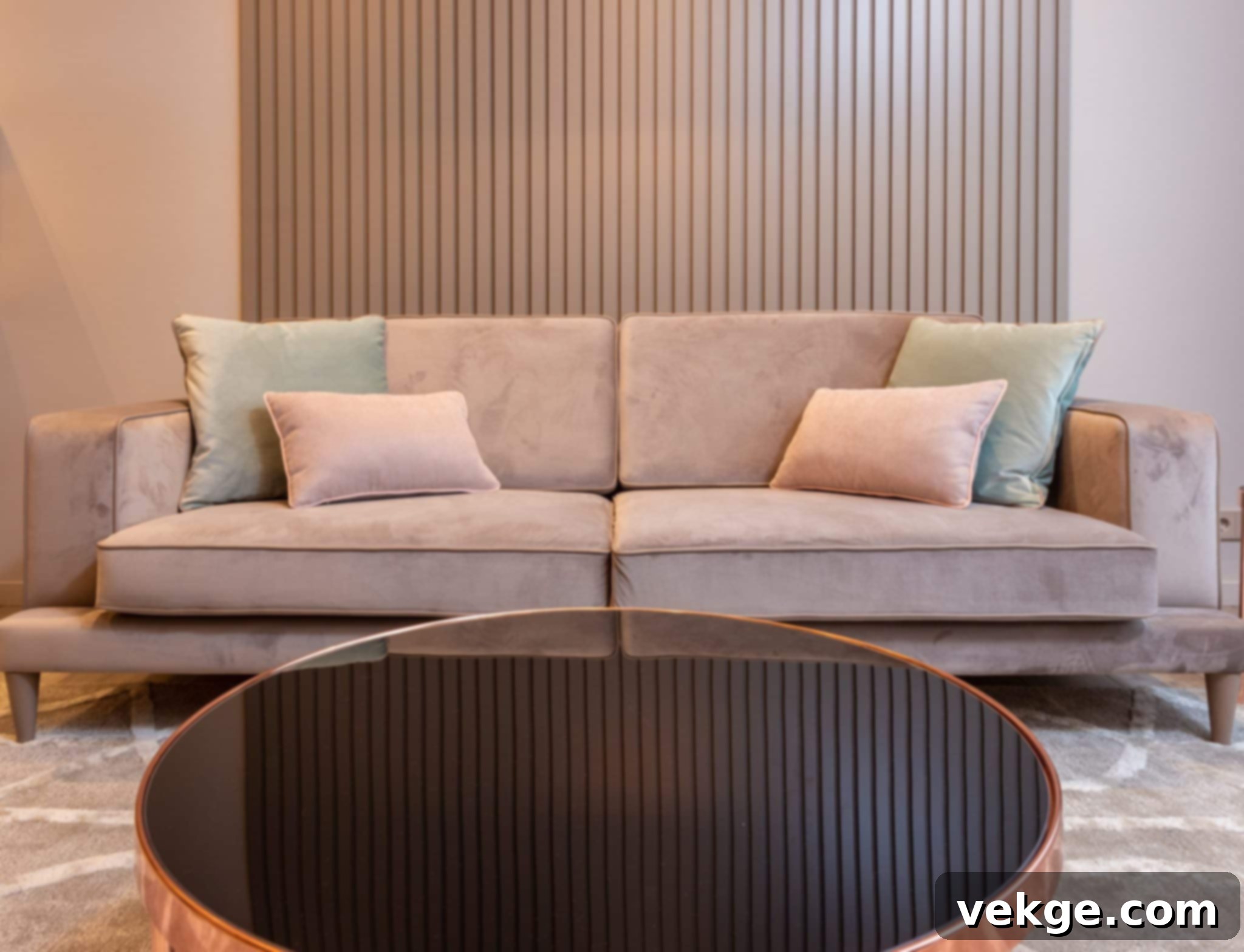The Ultimate Sofa Buying Guide: Decoding Quality, Craftsmanship, and Top Brands for Your Perfect Living Room
A sofa isn’t just a piece of furniture; it’s the heart of your living space, a true cornerstone of comfort and connection. It’s where life happens: from hosting lively gatherings with friends and sharing intimate conversations with family to cozying up with a loved one, indulging in your favorite TV shows, tackling remote work, surfing the web, or getting lost in a good book. Its versatile nature makes it an indispensable item that profoundly influences the ambiance and functionality of your home.
However, the journey to finding the ideal sofa can often feel overwhelming. With countless options available, balancing the right size, unparalleled quality, a sensible price, a captivating style, and supreme comfort becomes a significant undertaking. A superficial glance simply won’t suffice; you need to delve deep into understanding the different types of sofas and, crucially, experience them firsthand before making a commitment. Investing in a sofa means seeking a long-lasting companion for your home, necessitating a meticulous and well-researched approach to your search.
This comprehensive guide is designed to simplify your sofa-buying quest. We’ll illuminate the intricate details of what makes a sofa truly exceptional, shedding light on the critical components that distinguish various couch brands in terms of their inherent quality and superior craftsmanship. By understanding these fundamentals, you’ll be empowered to make an informed decision that brings lasting comfort and style to your home.
Differing Through Brands: Couches and Their Components
When embarking on the search for a new sofa, discerning buyers instinctively consider key factors such as size, price point, overall quality, comfort level, and aesthetic style. You visit showrooms, sit on various models, and assess which one aligns perfectly with your preferences and requirements. What often remains unseen, however, are the hidden elements that truly dictate a sofa’s longevity and performance. The quality of these internal components can vary dramatically across different brands, significantly impacting everything from the sofa’s durability to its long-term comfort and resilience. Let’s delve into how these crucial, often unseen, components differentiate sofas from one brand to another.
The Frame: The Foundation of Durability
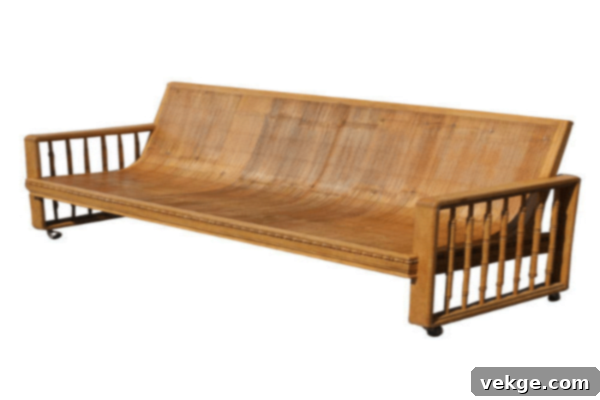
The frame is arguably the single most critical factor in determining a sofa’s longevity and structural integrity. A well-constructed, robust frame ensures the sofa maintains its shape, withstands daily use, and provides unwavering support for years. It’s the skeleton upon which all other components rest, and its quality directly impacts how well the sofa endures constant sitting, lounging, and napping without compromise.
Sofa frames are typically constructed from various materials, primarily wood or metal composites. Each material comes with its own set of advantages and disadvantages:
- Hardwood Frames: The Gold Standard. The absolute best frames are crafted from kiln-dried hardwood, such as maple, oak, birch, or ash. Kiln-drying removes moisture, preventing warping, cracking, and shrinking over time. Hardwood frames offer superior strength and durability, ensuring your sofa remains stable and solid for decades. They are resistant to bending and breaking, making them a worthwhile investment for a high-quality, long-lasting piece of furniture.
- Engineered Wood Frames (Plywood and Particleboard):
- Plywood: High-quality, furniture-grade plywood can be a good option when used for certain components or in combination with solid wood. Look for at least 11-13 layers of hardwood ply for acceptable strength. It’s more stable than solid wood in some environments and can be durable if thick enough and well-constructed.
- Particleboard/Oriented Strand Board (OSB): These are cheaper alternatives, often found in lower-end sofas. They are made from wood chips and resin, making them less robust and more susceptible to breaking, sagging, and swelling if exposed to moisture. Sofas with frames primarily made from these materials tend to have a shorter lifespan.
- Softwood Frames: Woods like pine or spruce are cheaper and easier to work with but are significantly less strong than hardwoods. They can bend, crack, or break more easily under stress, especially if they contain knots, which are natural weak points. Frames made solely of softwood are a sign of lower quality.
- Metal Frames: While metal frames (often steel) offer exceptional strength and can be ideal for modern or industrial designs, they also have considerations. They are sturdy but can be prone to oxidation or rust, especially in humid environments or if the protective coating is compromised. They can also be heavier, making the sofa less portable.
When inspecting a sofa, always inquire about the frame material. A quick test involves lifting one front corner of the sofa approximately six inches off the floor. If the opposite leg doesn’t lift off the ground, the frame is likely weak and prone to twisting. A well-constructed frame will lift evenly.
Frame Joints: The Strength of Connection
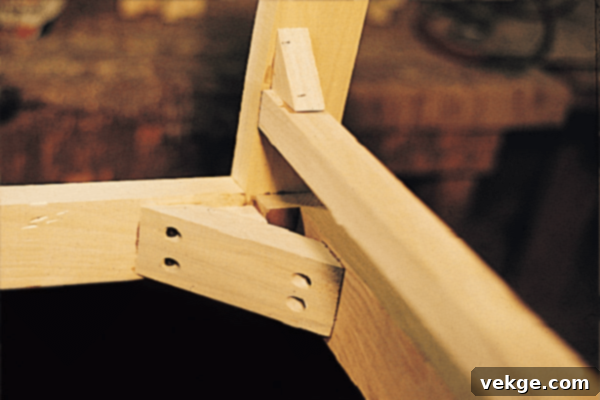
While the frame provides the primary structure, the frame joints are equally vital, as they are responsible for holding all components together, creating a unified, robust whole. Strong frame joints are paramount for boosting the couch’s overall strength, stability, and long-term durability. The methods used to join frame pieces vary significantly and are a direct indicator of quality.
Superior quality sofas employ sophisticated joint construction methods:
- Double-Doweled Joints: This traditional method involves two wooden dowels inserted into corresponding holes, reinforced with glue. It creates a very strong and stable connection, preventing movement and wiggling.
- Mortise-and-Tenon Joints: Considered one of the strongest and most durable woodworking joints, it involves a “tenon” (a projecting piece) from one frame part fitting precisely into a “mortise” (a corresponding hole) in another. These joints, when glued, offer exceptional resistance to pulling apart.
- Corner Blocks (Glued and Screwed): These triangular wooden blocks are securely glued and screwed into the inner corners of the frame, providing significant reinforcement at stress points. This method adds substantial strength and prevents racking or twisting of the frame.
Other common, though less robust, jointing methods include:
- Glued and Screwed Joints: This is a widely used and generally acceptable method, where frame pieces are glued and then fastened with screws. It offers good strength for mid-range sofas.
- Stapled Joints: Metal staples are frequently used in mass production due to their speed and cost-effectiveness. However, staples alone provide minimal strength and are prone to pulling out over time, leading to a flimsy sofa. They should only be used in conjunction with other, stronger jointing methods, not as the primary fastener.
- Nails and Butt Joints: Frames held together solely by nails or simple “butt joints” (where two pieces are simply butted together and nailed/screwed) are indicators of very low quality and should be avoided.
When evaluating a sofa, gently try to wiggle the armrests or the back. A sturdy sofa with well-constructed joints will feel solid and exhibit no noticeable give or creaking. Listen for any suspicious noises; squeaks often indicate loose joints or poorly fitted components.
Cushion Fillings: The Core of Comfort
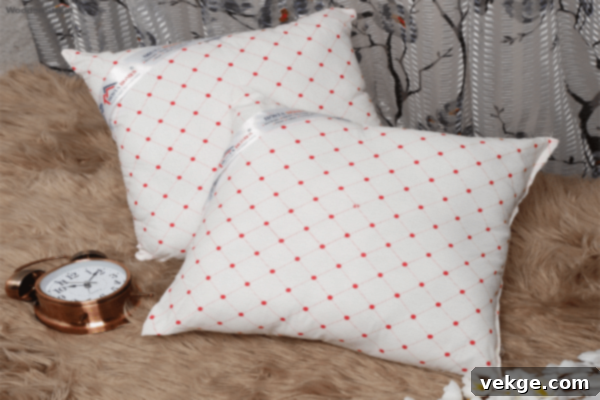
The cushion fillings are integral to both the comfort and the aesthetic appeal of your sofa, providing essential support to your body while giving the couch its inviting volume and defined form. The type of filling chosen by a brand significantly impacts the sitting experience, its resilience, and how well it maintains its shape over time. The most common cushion fillings include foam, polyester fiber, and feathers, often used individually or in sophisticated blends.
Polyester Fiberfill
Polyester fiberfill, an economical and widely used option, is a synthetic filament derived from oil-based chemicals. It consists of numerous fine fibers combined to create soft padding, with air trapped between them. While initially soft and plush, these fibers have a tendency to compact and flatten over time. They don’t inherently recover their original shape as effectively as other materials, meaning the cushions will require regular fluffing and rotation to restore their loft and prevent permanent indentations. It’s an affordable choice, but often lacks the long-term durability and resilience of higher-quality fillings.
Feather and Down Fillings
Feathers, often mixed with down for added softness, offer a luxurious, sink-in feel that is generally softer and less firm than foam. Cushions filled primarily with feathers or a feather/down blend provide exceptional comfort and mold to the body, creating a relaxed aesthetic. However, they do require consistent maintenance; feathers can clump and flatten, necessitating frequent “pumping” or fluffing to redistribute the filling and maintain their shape and loft. Sometimes, other fillings, like a foam core, are used alongside feathers in a blend to provide more structural support and reduce maintenance, creating a comfortable yet resilient cushion.
Foam Fillings
Foam is a versatile and popular cushion filling, created through various chemical processes. Its inherent pliability and elastic properties allow cushions to bounce back effectively after compression, making it an excellent choice for maintaining the sofa’s form. The feel, density, and longevity of foam are determined by the materials used and the number of air bubbles formed during the curing process.
- Density vs. Firmness: It’s crucial to understand that foam density and firmness are not the same. Density refers to the weight of the foam per cubic foot – a higher density means more material and less air, leading to greater durability and a longer lifespan, regardless of how firm it feels. Firmness (often measured by ILD – Indentation Load Deflection) refers to how much pressure is needed to compress the foam. You can have high-density soft foam or high-density firm foam.
- Polyurethane Foam (Polyfoam): This is the most common and least expensive type of foam. Its quality varies widely; lower-density polyfoam will break down and soften quickly, while higher-density versions offer better support and durability.
- High-Resiliency (HR) Foam: A premium type of polyurethane foam, HR foam offers superior elasticity and bounce-back properties. It conforms well to the body while still providing excellent support and is significantly more durable and long-lasting than standard polyfoam, retaining its shape much better over time.
- Memory Foam: Known for its body-contouring properties, memory foam softens with body heat and pressure, offering a customized, pressure-relieving feel. It’s often used as a top layer over a denser foam core. While comfortable, it can retain heat and has a slower recovery time.
- Latex Foam: Derived from rubber trees (natural latex) or synthetic compounds, latex foam is highly resilient, durable, and naturally hypoallergenic. It offers a buoyant, supportive feel with excellent bounce-back and is resistant to dust mites and mold. It’s a premium, eco-friendly option, but also more expensive.
For optimal comfort and longevity, many high-quality brands utilize foam cores wrapped in down, feathers, or polyester fiber. This combines the supportive resilience of foam with the luxurious softness of other fillings, offering the best of both worlds and minimizing the need for constant fluffing.
Suspension: The Unsung Hero of Support
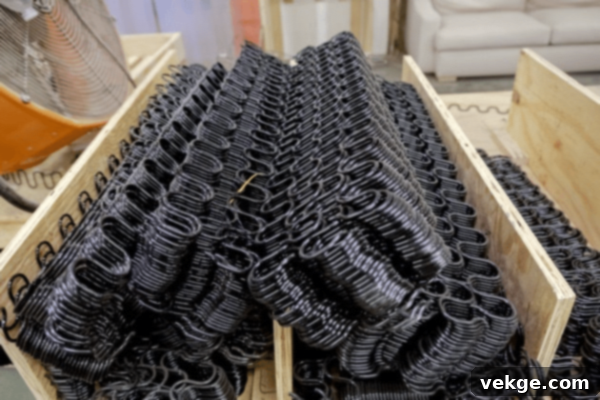
The suspension system is the critical hidden component within the seating section of a sofa that works in tandem with the cushion fillings to provide foundational support, comfort, and shock absorption. It must be exceptionally robust and durable, engineered to withstand continuous weight and movement without sagging or failing. The quality of a sofa’s suspension directly correlates with its comfort level and how well it holds up over years of use.
Here are the primary types of sofa suspension systems, ranked generally by their quality and durability:
- Eight-Way Hand-Tied Coiled Springs: The Gold Standard. This traditional method is widely considered the pinnacle of sofa suspension. Individual steel coil springs are hand-tied in eight directions (front-to-back, side-to-side, and diagonally) to each other and to the frame, ensuring consistent support across the entire seating area. This intricate process allows each spring to move independently, conforming perfectly to the body and providing exceptional comfort and durability. It’s a labor-intensive method, making sofas with this suspension more expensive but offering unparalleled longevity and superior feel.
- Drop-In Coil Units: A more modern and cost-effective alternative to eight-way hand-tied, these are pre-assembled units of coiled springs. They offer good support and durability, though they may not provide the same individualized feel as hand-tied coils. They are attached to the frame as a single unit, simplifying the manufacturing process.
- Serpentine or No-Sag Springs: This is the most common suspension method found in a wide range of sofas. Individual metal wires are bent into a continuous “S” or zigzag shape. These springs are then attached to the frame from front to back and sometimes side to side, and reinforced with a tie-wire for added stability. Serpentine springs offer good support and are more affordable than coil systems, making them a popular choice for many mid-range sofas. However, if not spaced closely enough or made from insufficient gauge metal, they can sag or develop weak spots over time.
- Web Suspension (Elastabelt or Pirelli Webbing): This system uses a combination of strong elasticized webbing (often polyester fibers and rubber) woven side-to-side and front-to-back across the frame’s seating area. It provides a firm, supportive base, suitable for sleek, modern sofa designs with lower profiles. While more economical than springs, webbing can stretch and lose its elasticity over time, particularly with heavy use, leading to reduced support and comfort.
- Solid Platform: In the lowest-quality sofas, there might be no springs or webbing at all, just a solid platform (often a piece of plywood) upon which the cushions rest. This offers minimal give, leading to a very firm and often uncomfortable sitting experience, and provides the least durability.
It is essential for manufacturers to ensure that the suspension system is appropriately matched to the type and density of the cushion filling for optimal performance. When testing a sofa, sit down firmly. You should feel comfortable resistance, not a jarring drop. Listen for any squeaks or creaks, which could indicate poor construction or worn-out springs.
Upholstery: The Skin and Soul of Your Sofa
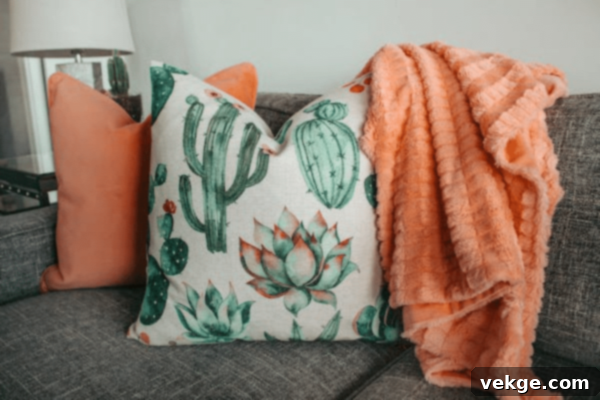
Once all the intricate internal components are expertly assembled, the final, visible layer is the upholstery. This external covering is not merely aesthetic; it profoundly affects the sofa’s tactile feel, overall comfort, and visual appeal. High-end brands meticulously select premium upholstery materials, understanding that the fabric or leather is the primary point of contact and interaction for the user, thus directly influencing satisfaction and longevity.
Inferior quality upholstery is highly susceptible to wear and tear, fading, pilling, and premature aging, which can quickly diminish the appeal of even the most structurally sound sofa. Nobody desires a sofa with stained, faded, or worn-out fabric. Upholstery comes in an astonishing array of materials, each offering distinct characteristics in terms of durability, texture, maintenance, and aesthetic. These include various types of fabric and leather, available in countless colors, patterns, and weaves.
Common Upholstery Materials:
- Natural Fabrics:
- Cotton: Breathable, soft, and comfortable. Available in many colors and patterns. However, it can wrinkle easily, absorb stains, and may fade over time if not treated.
- Linen: Extremely durable, strong, and resistant to pilling. It has a beautiful, natural texture but is prone to wrinkling and can be more expensive.
- Wool: Highly durable, resistant to fading, pilling, and soiling. It’s also naturally fire-resistant and holds up well to heavy use, though it can be more expensive.
- Silk: Luxurious and smooth, but very delicate, prone to sun damage, and expensive. Best for low-traffic, formal settings.
- Synthetic Fabrics:
- Polyester: Durable, wrinkle-resistant, and easy to clean. Often blended with other fibers to add strength and stain resistance.
- Nylon: Exceptionally strong and resilient, resistant to abrasion and fading. Often blended with other materials to enhance durability.
- Acrylic: Mimics the feel and appearance of wool but is more resistant to fading, mildew, and harsh sunlight.
- Rayon/Viscose: Designed to imitate silk, linen, or cotton. While soft, it can be prone to wrinkling and is generally less durable than other synthetics.
- Microfiber: A tightly woven synthetic fabric (often polyester) known for its incredible softness, durability, and resistance to stains and spills. It’s an excellent choice for homes with children and pets.
- Leather: A premium, durable, and sophisticated choice that ages beautifully. Leather sofas are an investment, and their quality depends on the grade:
- Full-Grain Leather: The highest quality, retaining the natural imperfections and texture of the hide. Extremely durable and develops a rich patina over time.
- Top-Grain Leather: The second-highest quality, where the outermost layer is sanded and treated for a more uniform appearance. Durable but less breathable than full-grain.
- Corrected-Grain/Split Leather: Lower grades where imperfections are sanded off and artificial grain is embossed. Less durable and softer than top or full-grain.
- Bonded Leather: Made from shredded leather scraps bonded with polyurethane. Least durable and prone to peeling and cracking. Avoid this.
Leather can also be categorized by finish: Aniline (natural look, less protected), Semi-Aniline (some protection, natural feel), and Protected/Pigmented (most durable, uniform color, less natural feel).
- Performance Fabrics: A growing category of textiles specifically engineered for extreme durability, stain resistance, and easy cleaning. Brands like Sunbrella, Crypton, and Revolution offer options perfect for busy households, pets, and outdoor use.
When selecting upholstery, consider your lifestyle. Do you have pets or children? Is the sofa in a high-traffic area? What kind of maintenance are you willing to do? A high rub count (Martindale or Wyzenbeek test) indicates greater durability. Touch the fabric, check the weave, and consider how it will look and feel in your home over time.
Final Thoughts: Making Your Informed Sofa Investment
A sofa is far more than just a place to sit; it’s a personal sanctuary, a central gathering point, and a significant investment in your home’s comfort and style. As the undeniable centerpiece of your living room, the sofa you ultimately select is a powerful reflection of your personality, tastes, and lifestyle. Much like the overall interior design of your home, your furniture, particularly your sofa, tells a unique story about who you are and how you live.
Navigating the myriad factors involved in purchasing a sofa – from its aesthetic appeal and dimensions to the intricacies of its construction and the tactile quality of its upholstery – can indeed seem daunting. However, armed with the knowledge presented in this guide, finding your perfect sofa transforms from a challenging task into an exciting journey. Understanding how craftsmanship and quality fundamentally differ across various brands and their specific components is the key to making a truly informed decision.
By focusing on the critical elements we’ve discussed – the robustness of the frame, the integrity of the joints, the resilience of the cushion fillings, the supportive nature of the suspension, and the durability of the upholstery – you can confidently assess the true value and longevity of any sofa. This deeper understanding will not only simplify your buying process but also ensure that the sofa you bring home is not just beautiful, but also built to last, providing unparalleled comfort and unwavering support for many years to come.
We invite you to share your own sofa-buying experiences in the comments below! Tell us which couch you own, its brand, and what specific qualities drove your decision. Which other sofas were strong contenders during your search? What unique features or challenges did you encounter when buying your couch?
